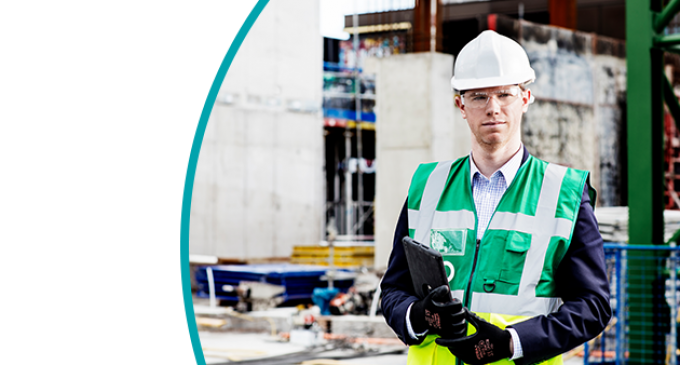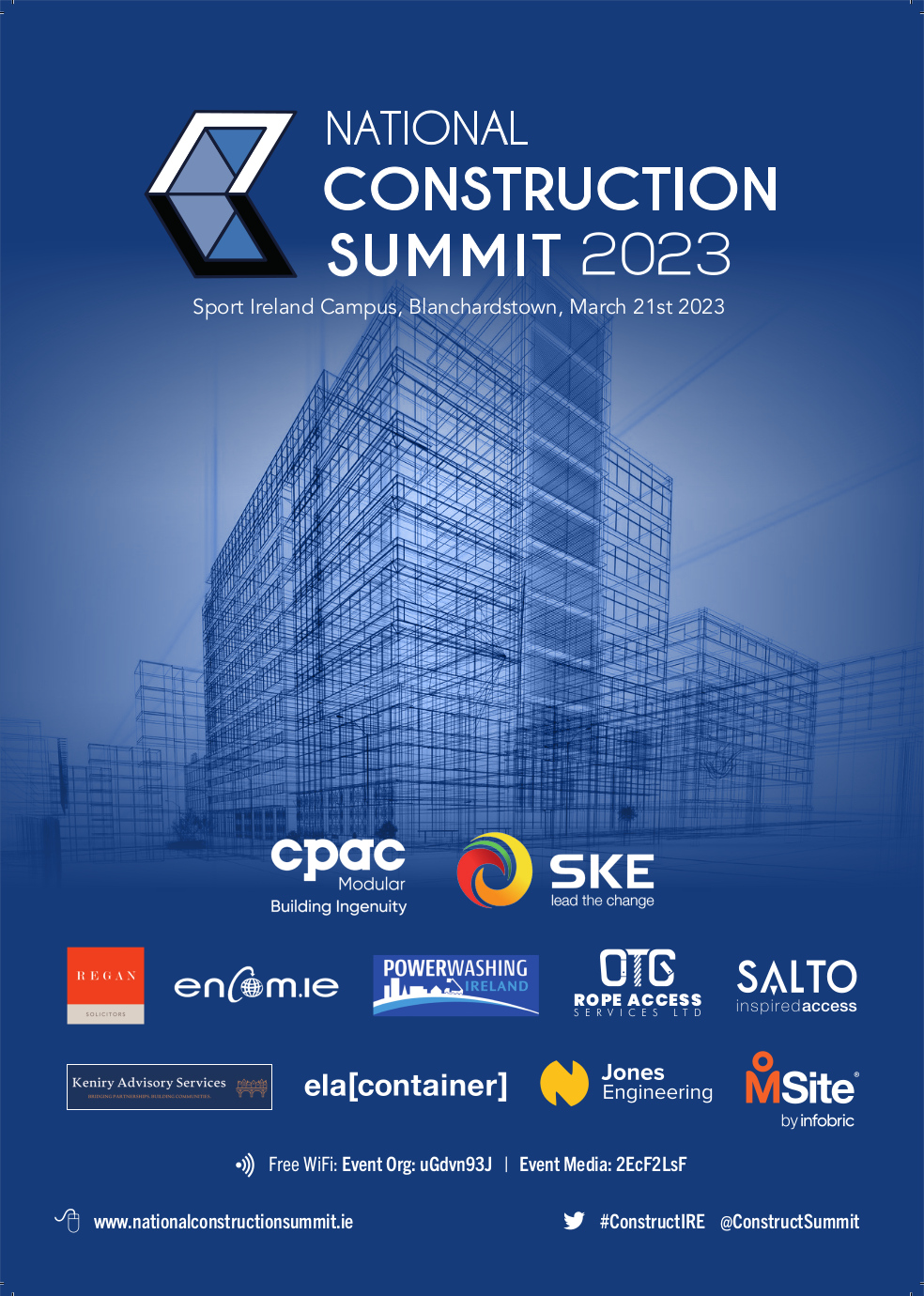Falsework – New BSI Guidance For All Aspects of Temporary Works in Construction

Construction can be a hazardous industry adopting a wide range of activities and personnel, involved in the building, alteration and/or repair of buildings or infrastructure. Construction sites and the methods for controlling temporary works vary considerably and health and safety is a major consideration for those responsible across projects of all sizes.
BSI (British Standards Institution) has updated BS 5975:2019 – Code of practice for temporary works procedures and the permissible stress design of falsework, to give recommendations for temporary structures on building sites, with practical guidelines for design, specifications, construction and the use and dismantling of falsework.
This is a significant revision of sections 1 and 2 of the standard, BS 5975:2008+A1:20111 , last amended in 2011. Drafted by an expert committee2 , it provides recommendations for safety and control around the various procedures and responsibilities of personnel involved for all construction projects. This includes the addition of procedures for clients, designers and suppliers and provides recommendations for education and training as well.
Over the last decade, within the construction industry, there have been major changes to working practices, in particular the growth of sub-contracting across the vast majority of construction works. Subcontracting was previously the practice for specialisms, such as structural steelwork, but now it is employed across most works. As the sector has evolved it has become necessary for BS 5975 to reflect all types of working practices. The standard has also been updated to align with the Construction (Design and Management) Regulations 2015 and the procedures now allow other contractors to plan and manage their own temporary works while ensuring that the principal contractor retains overall responsibility.
Ant Burd, Head of Built Environment at BSI, said: “This is a significant revision of an important standard that seeks to reflect changes in working practices and Health and Safety regulation within temporary construction and falsework. It offers procedural guidance to all organizations and personnel involved, to ensure competence in construction projects, from Principal Contractors and clients through to designers and trainers. The standard gives clear instructions and guidance to help companies be properly prepared for site investigations and compliant with current regulation.”
Further information on BS 5975:2019 – Code of practice for temporary works procedures and the permissible stress design of falsework can be found at: https://shop.bsigroup.com/
1 BS 5975 was developed to provide authoritative guidance around all elements of falsework following the publication of the Bragg Report in 19753, which outlined the role and duties of a ‘temporary works co-ordinator’ following a major structural accident in 1972, where lives were lost.
2 Experts involved in drafting of standard with BSI included:
Representatives from construction, sub-contractors, health and safety experts, training providers, clients, permanent works designers, specialist temporary works designers and suppliers.
The draft was made available for public comment and underwent further revision and editing before publication.
3 About the Bragg Report, 1975
The current basic philosophy of the use and operation of the temporary works used to support in-situ concrete, precast units and steelwork, better known as “falsework”, was established following a major collapse in 1972 of a falsework structure on the River Loddon, near Reading. In that incident three operatives were killed. The subsequent HMSO Report, better known as the Bragg Report, published in 1975, set requirements for erection and stability of these temporary structures. The recommendations were substantially incorporated into BS 5975, which was first published in 1982. For more information see: http://www.hse.gov.uk/







